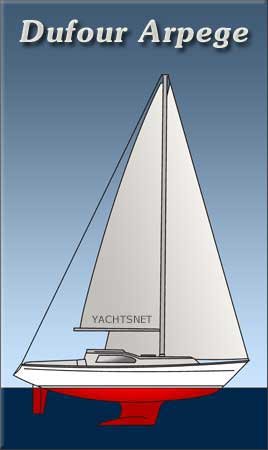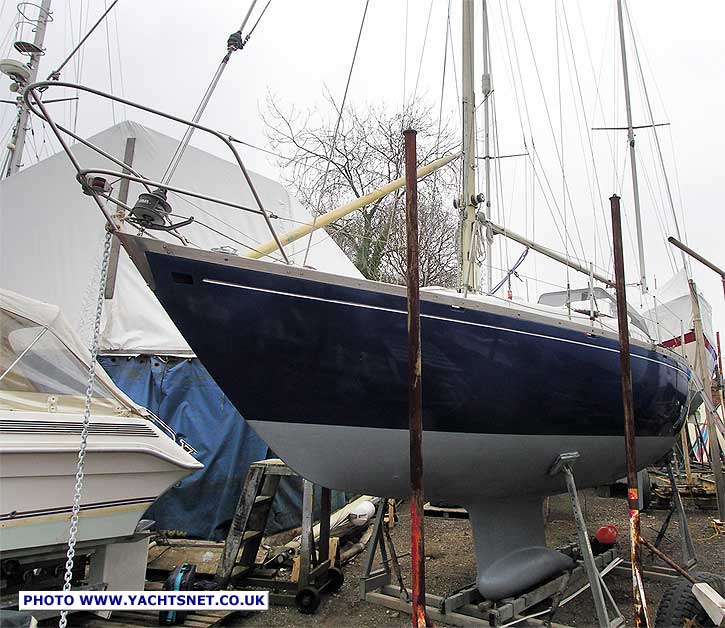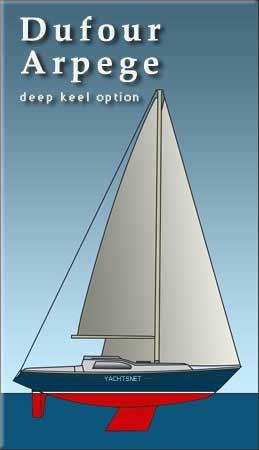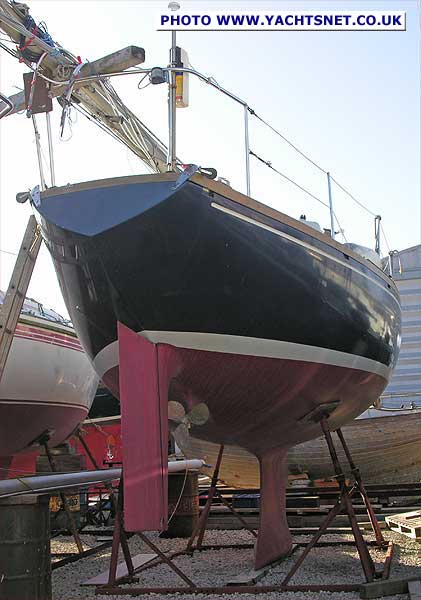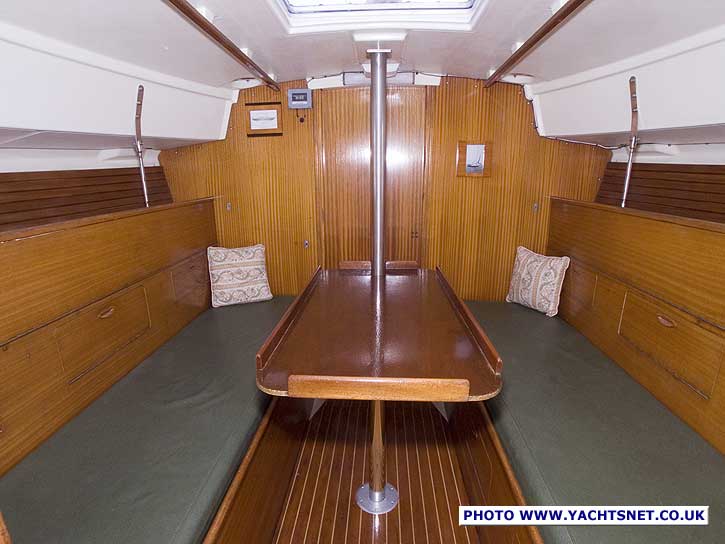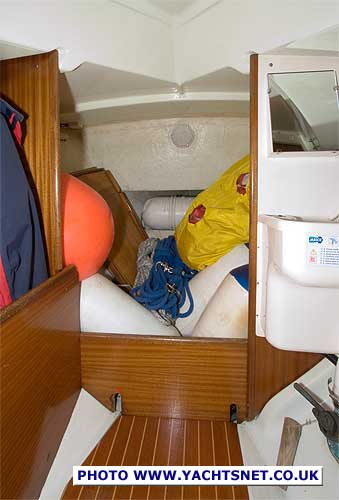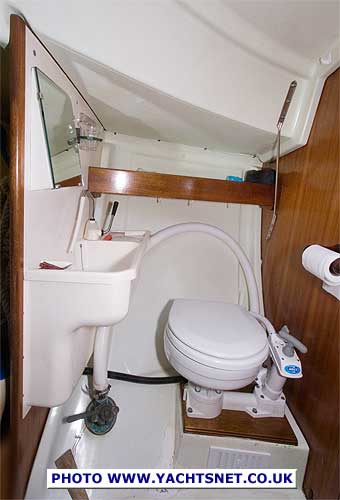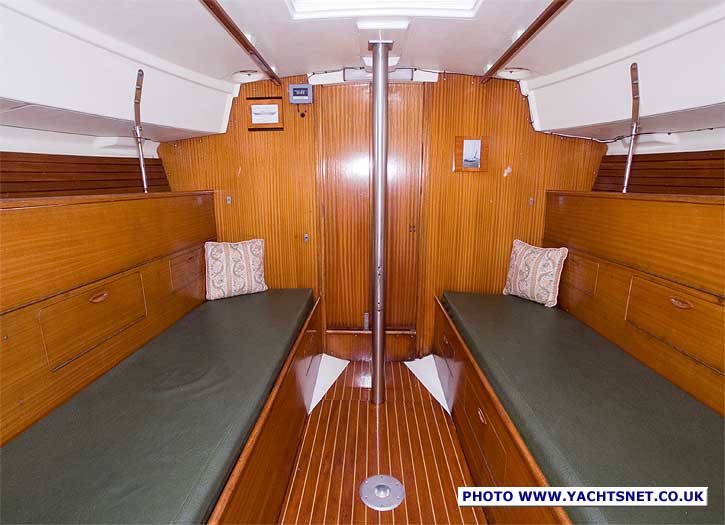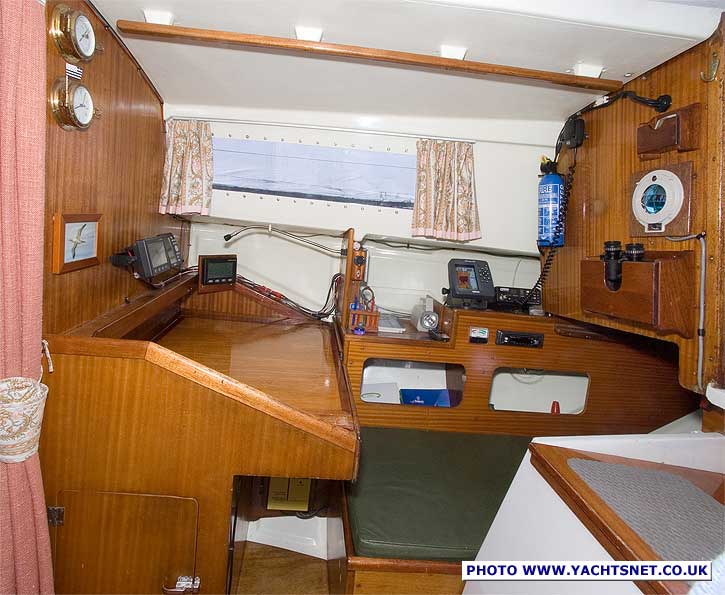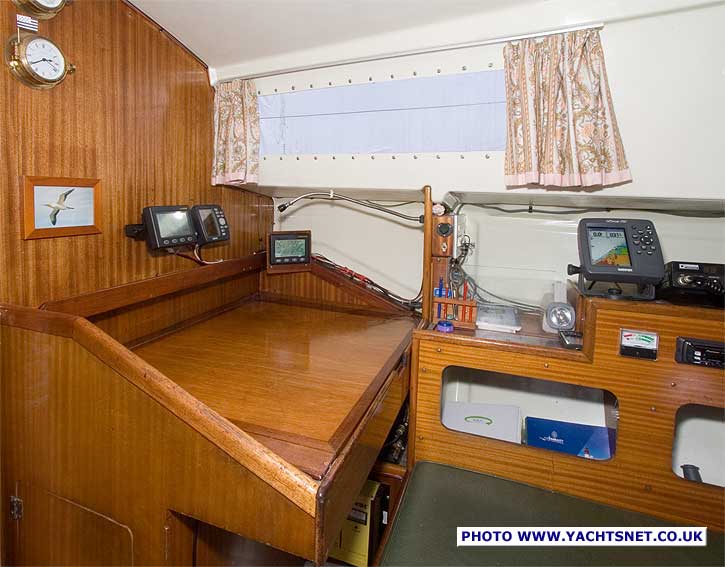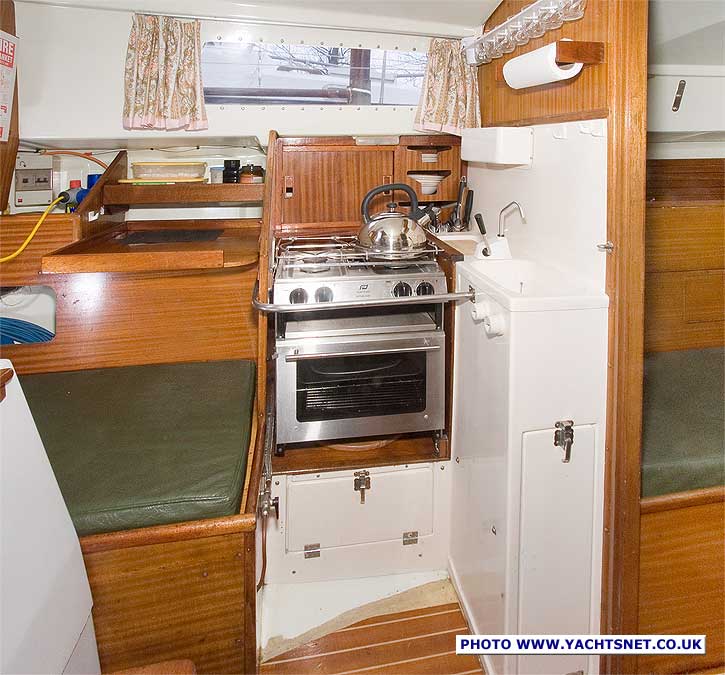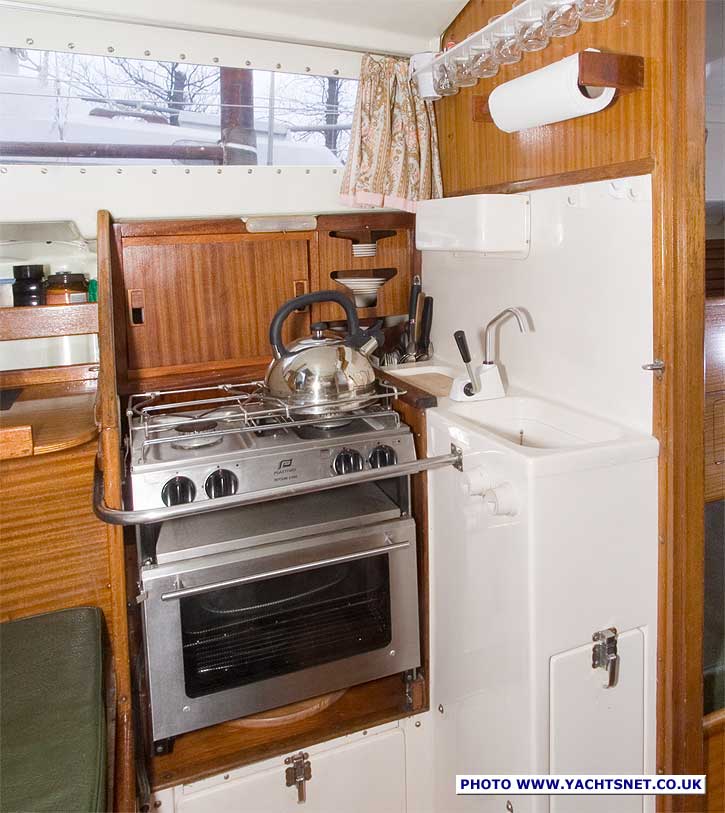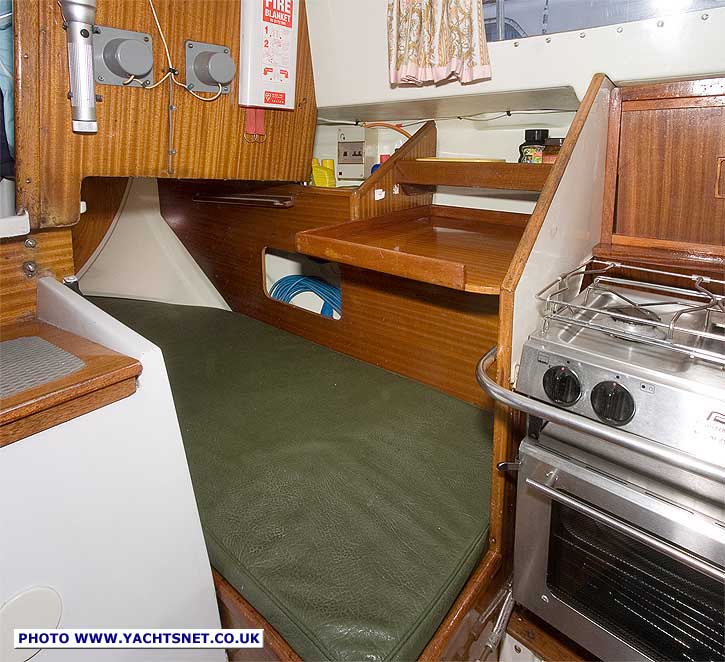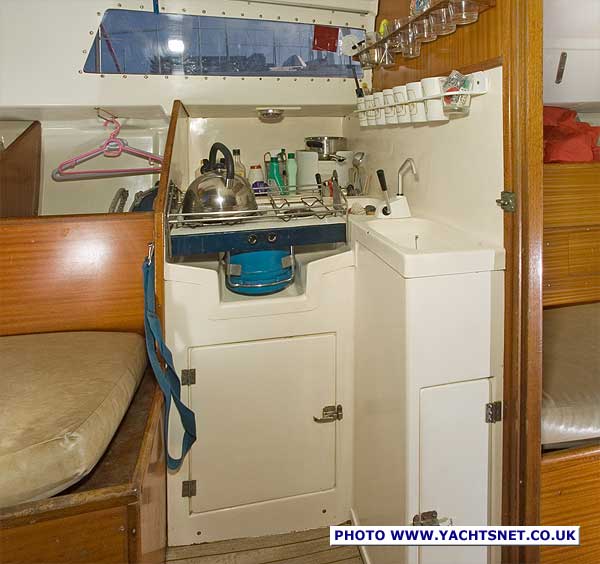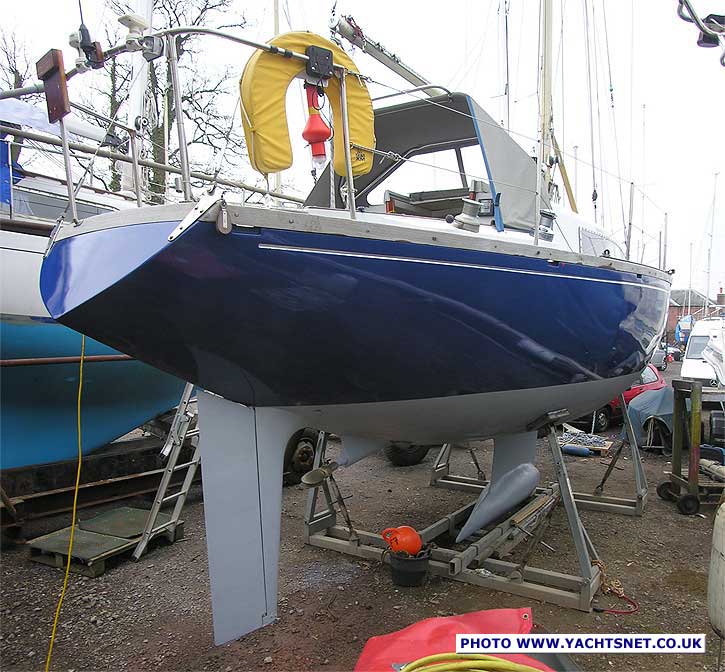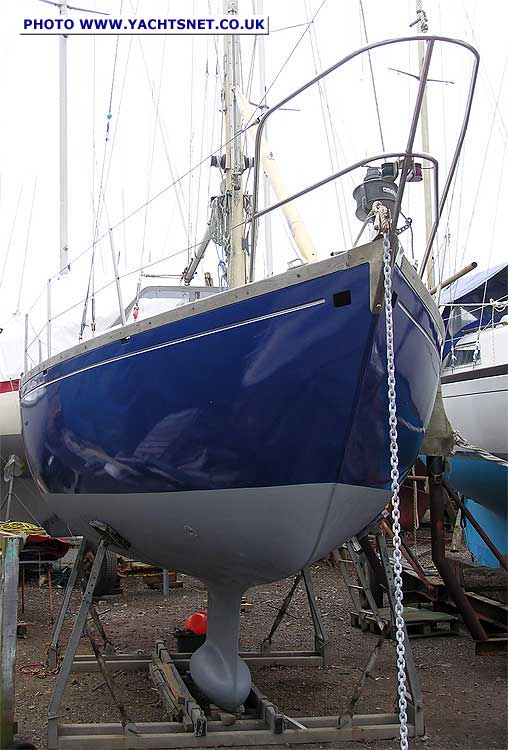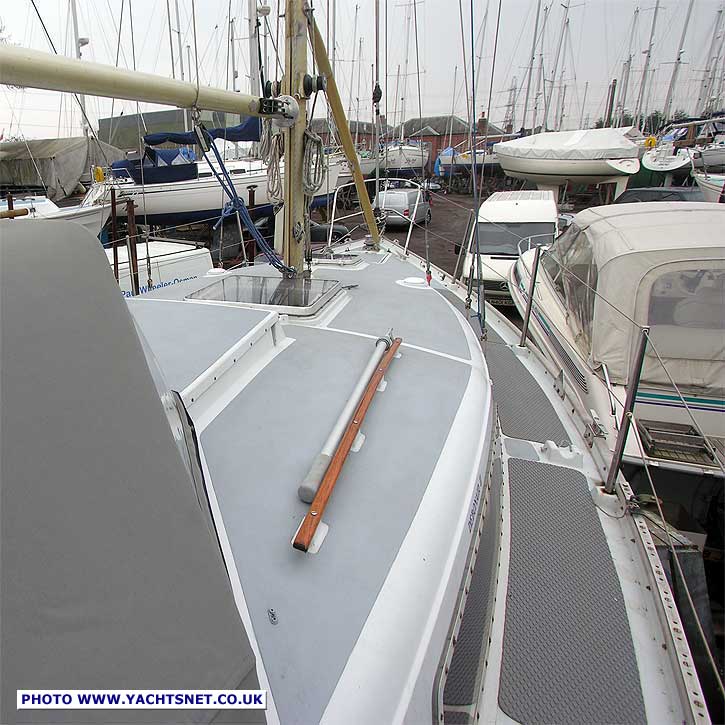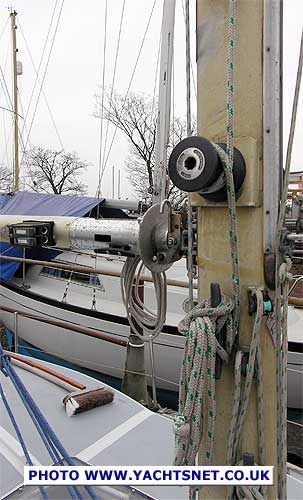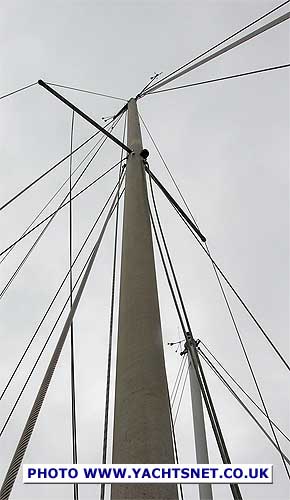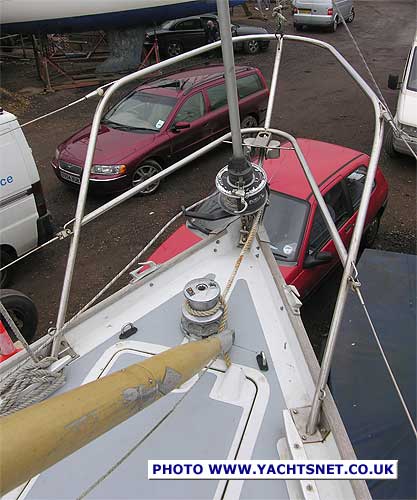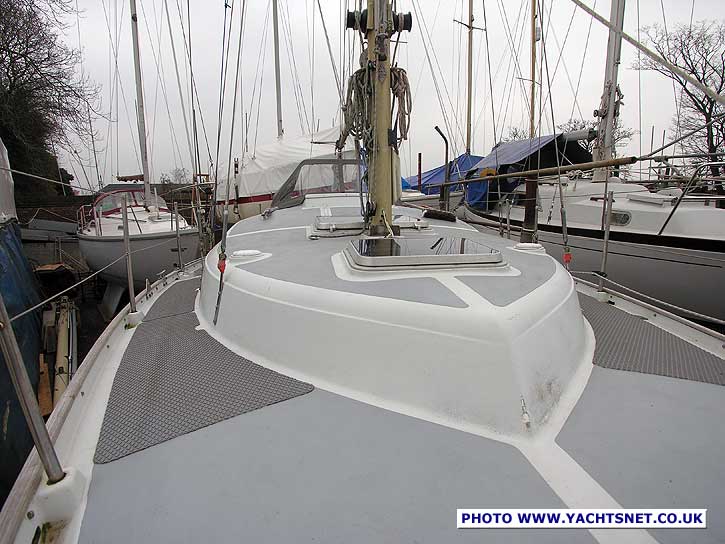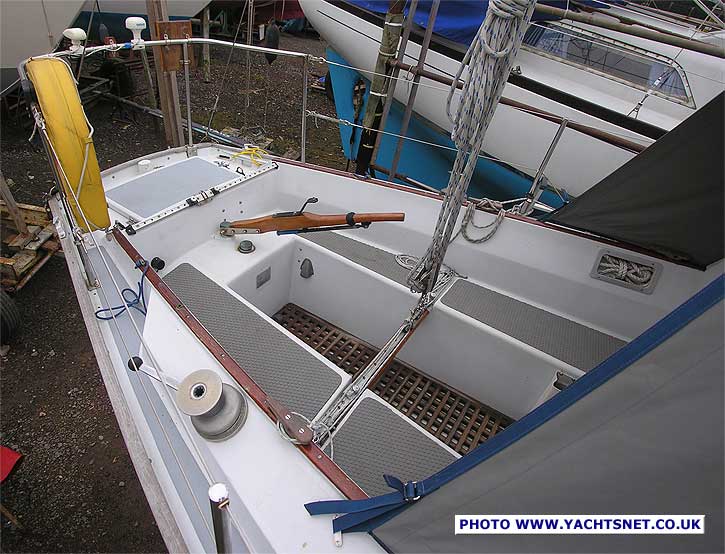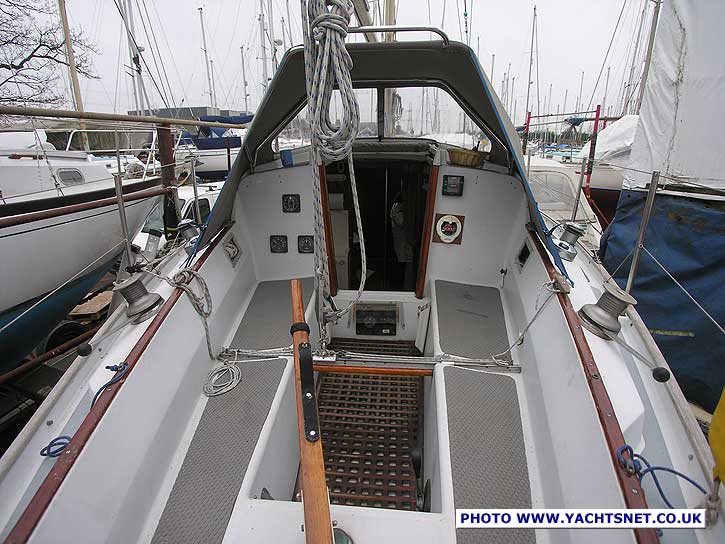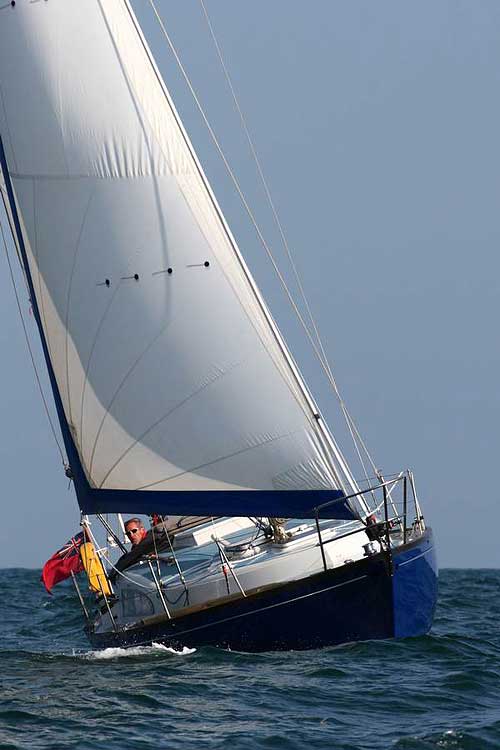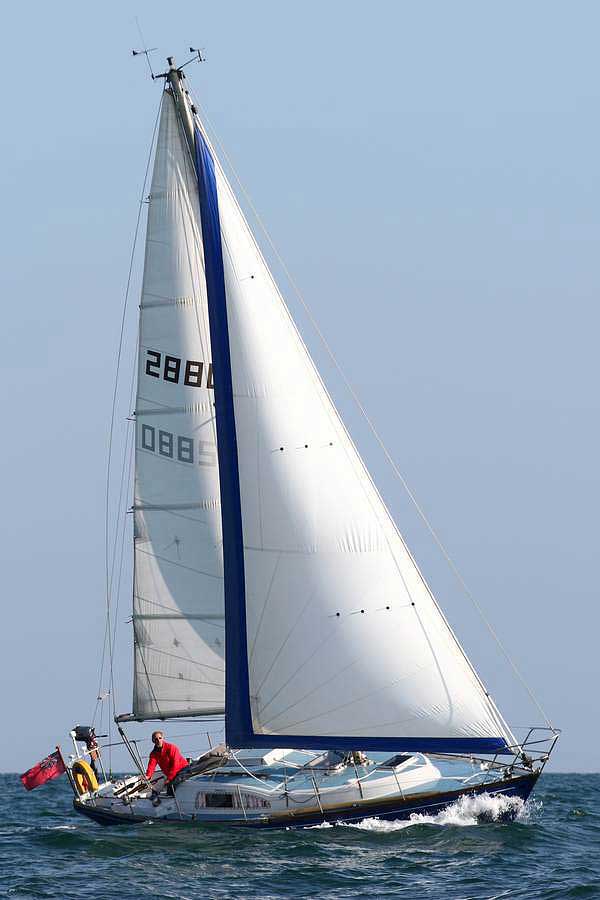| |
|
|
|
|
|
|
|
| © Yachtsnet Ltd. 2000/2025 |
|
|
|
| |
|
|
Yachtsnet's
archive of boat details and pictures
|
| |
The following information and photographs are
displayed as a service to anyone researching yacht types. HOWEVER THE PHOTOGRAPHS AND TEXT ARE COVERED BY COPYRIGHT, AND MAY NOT BE REPRODUCED WITHOUT THE PERMISSION OF YACHTSNET LTD. Details and photographs
are normally based on one specific yacht, but could be a compilation.
No reliance should be placed on other yachts of the same class being
identical. Where common variations exist, we have endeavoured
to indicate this in these archive details. |
Dufour Arpège
|
Brief details |
Builder |
Michel Dufour S.A., France |
The Arpege was one
of the first production cruiser-racers to really go for wide beam
to gain interior volume, and one of the reasons it quickly became
so popular was that this did not hurt its sailing performance -
in fact for several years Arpeges were very competitive racers.
Now they make excellent low-budget fast cruisers. Most Arpeges have
had problems with the sandwich construction decks and cockpit mouldings,
and many will by now have had repair work to these areas. |
LOA |
30' 4" |
Sail area |
not known
|
LWL |
22' 0" |
Rig |
sloop |
Beam |
9' 11" |
Cabins |
Saloon only, no berths in forepeak |
Draught |
4' 5" 0r 5' 3" |
Berths |
6 |
Displacement |
6,600 lbs |
Engine |
Various |
Ballast |
2,400 lbs |
BHP |
7 - 20 |
Keel type |
Shallow bulbed iron fin keel, or deeper non-bulb
keel, with skeg-hung rudder |
|
|
Designed by Michel Dufour in 1966, the Arpege
was for its time revolutionary, with nearly ten foot beam
on a 30 foot hull. This allowed six berths to fit in without
using the forepeak, which was left for sail stowage and the
heads.
Two keels were used, the more common shallow fin having
4' 5" draught, with an exaggerated swept back bulb at
the base. The other keel is a fairly conventional deeper fin
keel. The narrow rudder has a deep narrow full length skeg.
Both keel types provide very good performance, although the
deeper keel will have the edge to windward.
The hull has tumblehome amidships, and quite a fine bow and
stern. A few early boats had a stubby counter, but this was
changed quite early to a retrousse stern. The cockpit has
no lockers, but there is a lazarette reached through a big
hatch, providing ample storage for fenders and warps. There
are cave storage areas beneath the sheet winches to provide
some cockpit storage.
The production of Arpeges ran for many years, with about 1,500
in total being built.
|
|
|
|
